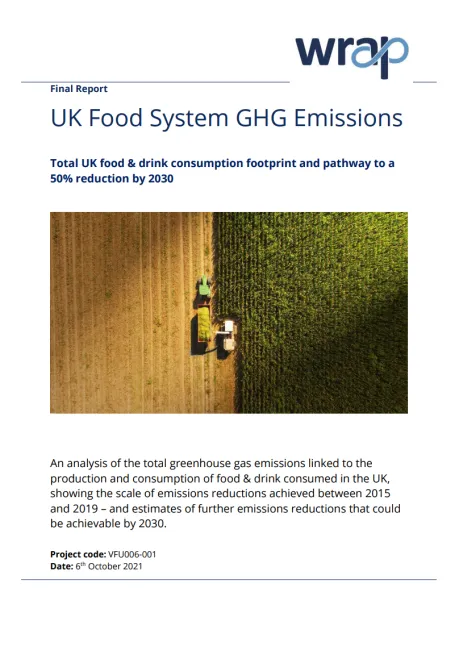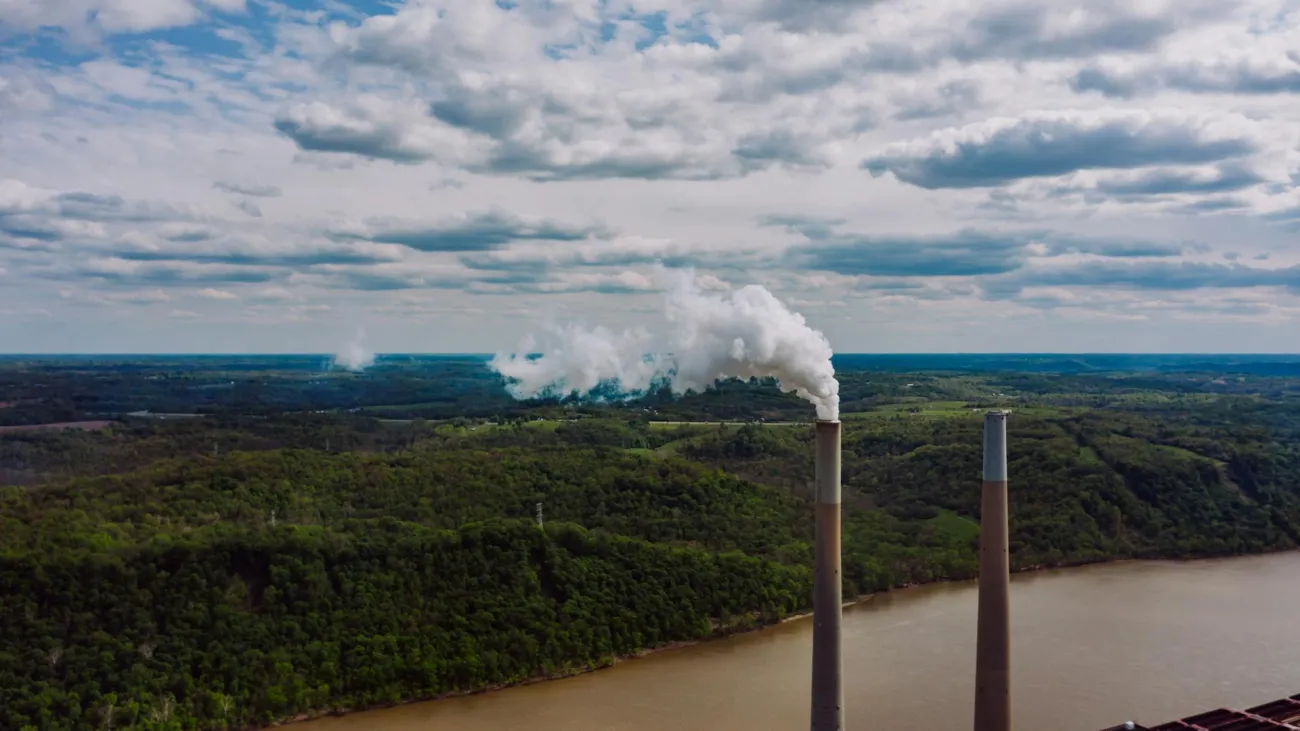This report from UK charity WRAP, co-authored by TABLE member Hamish Forbes, provides a comprehensive mapping of the carbon footprint of UK food and drink consumption, building up a detailed sector-by-sector analysis of where emissions arise and how that has changed from 2015 to 2019. Showing the importance of the food sector in achieving net zero targets, it finds that a 50% reduction in the UK’s food-related emissions by 2030 (compared to 2015) is possible, but only if urgent action is taken.

The report shows that in 2019, nearly 160 MtCO2e emissions were associated with the UK food system - equivalent to around 35% of UK territorial emissions. Approximately 36 MtCO2e, 23% of total food system emissions, are associated with food loss and waste in the UK.
The figure below shows the contributions of different sectors to the UK’s food-related emissions in 2019. Significant contributors are UK agriculture (29%), overseas food production (23%), deforestation from tropical commodities (8%), and manufacturing (6%).
Image: from page 5 of the summary report WRAP Pathway 2030: Delivering a 50% reduction in the GHG footprint of UK food and drink
To achieve a 50% reduction by 2030 requires many different measures, illustrated below, including energy decarbonisation, stopping tropical deforestation in the UK’s supply chain, increasing adherence to the Eatwell Guide, reducing food waste, and increasing the productivity and carbon storage of UK agriculture.
Image: from page 10 of the summary report WRAP Pathway 2030: Delivering a 50% reduction in the GHG footprint of UK food and drink
Regarding the report’s methodology, author Hamish Forbes told TABLE:
“An extensive model of UK food emissions was constructed by piecing together disparate datasets, such as on the energy use by food-related businesses, transport of food goods, refrigerant use associated with food and drink, energy consumption by cooking and chilling appliances and so on. These datasets were pieced together with appropriate emissions factors to create an entire picture of the carbon emissions associated with consumption of food in the UK, including food we import. This was repeated for multiple years to develop a picture of how food system emissions developed from 2015 to 2019. This model was then used to explore the carbon impact of possible changes, such as reducing food waste or decarbonisation of industrial heat, to explore a feasible scenario based on stakeholder pledges and commitments and what impact this would have by 2030.”
Read the full report, UK Food System GHG Emissions: Total UK food & drink consumption footprint and pathway to a 50% reduction by 2030, here. See also the TABLE explainer Food systems and greenhouse gas emissions.




Comments (0)